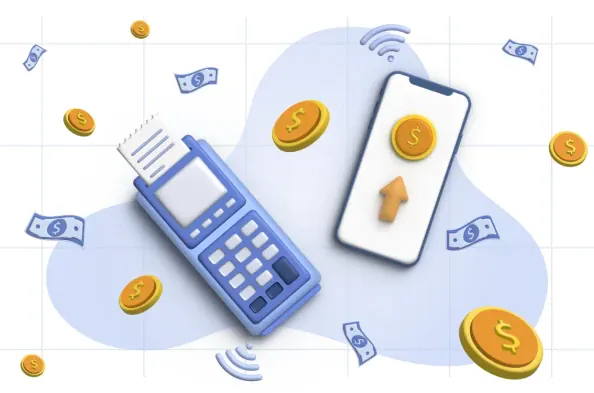As technology evolves, the need for secure and efficient data transfer systems has become paramount, with Near Field Communication (NFC) emerging as a frontrunner in this space. NFC is a contactless technology that enables data exchange between devices that are in close proximity, typically within a range of under four centimeters. This short-range operational capability inherently minimizes the risk of unauthorized access and makes NFC an appealing option for secure data transfers and payments. NFC technology is integrated into commonly used consumer devices, such as smartphones and contactless cards, offering users a seamless and convenient means of completing transactions and sharing data.
NFC’s ease of use and robust security features contribute significantly to its growing adoption across various industries, like retail, transportation, and healthcare. In retail, NFC has revolutionized payment systems by enabling contactless transactions, providing a faster and more convenient shopper experience. Transportation systems widely use NFC for ticketing, while the healthcare sector leverages it for secure identification and data transfer. Users merely need to bring their NFC-enabled device close to a terminal to complete a transaction or transfer data, eliminating the need for physical contact or extensive setup procedures.
The future potential of NFC is immense as more devices are becoming compatible with this technology and awareness of its benefits continues to grow. One crucial factor in its expanding role is the increasing integration of NFC technology into everyday consumer electronics. This trend not only facilitates a smoother user experience but also encourages industries to develop new applications and services utilizing NFC. As cybersecurity concerns persist in the digital age, the inherent security of NFC—stemming from its limited range and encryption capabilities—positions it as a key player in the quest for safer, more efficient data transfer systems. NFC’s widespread adoption underscores a collective shift towards technologies that prioritize convenience and security.
In conclusion, NFC technology has significantly transformed the landscape of secure payments and data exchanges by offering a reliable, user-friendly solution. This transformation has extended beyond its initial applications, permeating various sectors, and paving the way for further innovations. The trajectory of NFC’s growth suggests it will continue to be an integral part of the digital infrastructure, supporting secure and efficient transactions and data transfer methods.






